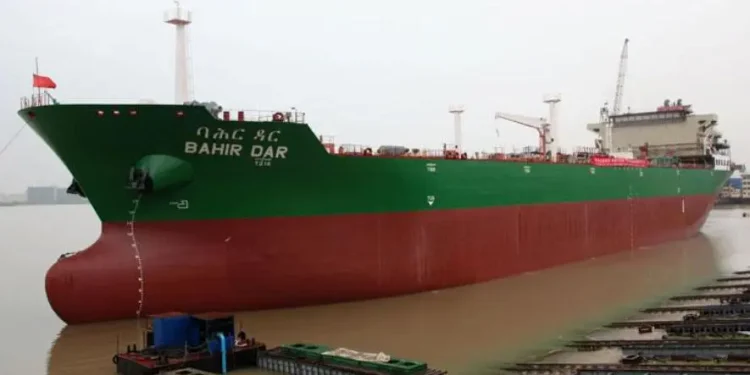The Ethiopian Shipping and Logistics Services Enterprise (ESL), known commercially as Ethiopian Shipping Lines, is mulling a rapid expansion of its maritime fleet with the addition of six new bulk cargo ships to meet demand.
- The company currently owns 10 bulk cargo ships and has to rely on leases and rental contracts to meet the high demand in Africa’s second most populous country.
- In July, ESL reported 57 billion birr in revenues, with over US$420mn in foreign currency, but the impressive performance was weighed down by 48bn in expenses, mainly from expensive leases and rentals.
- In response to challenges on the main shipping route via the Port of Djibouti, Ethiopia has recently diverted some of its imports and exports through the Port of Mombasa and the Port of Lamu in Kenya.
“The board is examining whether we should get them as a time charter, voyage charter or purchase them outright. We will then follow the standard bidding process,” Wondimu Daba, ESLSE deputy CEO for Corporate Services told The Reporter.
ESL’s main company was founded in 1964, but the modern entity was created in 2016 through a merger of four companies. It was a monopoly until Prime Minister Abiy Ahmed’s administration liberalised the shipping and logistics sector as part of the ongoing economic reforms. At least three domestic joint ventures received licenses in early 2024, but the lack of foreign interest, which has been prevalent in other sectors, suggested concerns about security on the routes, and the fact that ESL is a government entity with a dominant market share.
Another reason for ESL’s high costs in the last financial year was the conflict in Amhara, which is on the route from the Port of Djibouti to Addis Ababa, which meant that 600 of the company’s trucks, more than half of its fleet, could not pass through the region. The company also reported challenges with red tape in Djibouti, which had seen it divert at least one of its ships through the Lamu Port in Kenya.
In May 2024, ESL’s MV Abbay II docked at the Port of Lamu with a consignment of 60, 000 metric tons of fertiliser. The use of the Lamu Port, a key aspect in the Kenya’s regional infrastructure project LAPSSET, marked the first use of a Kenyan port in more than two decades.




